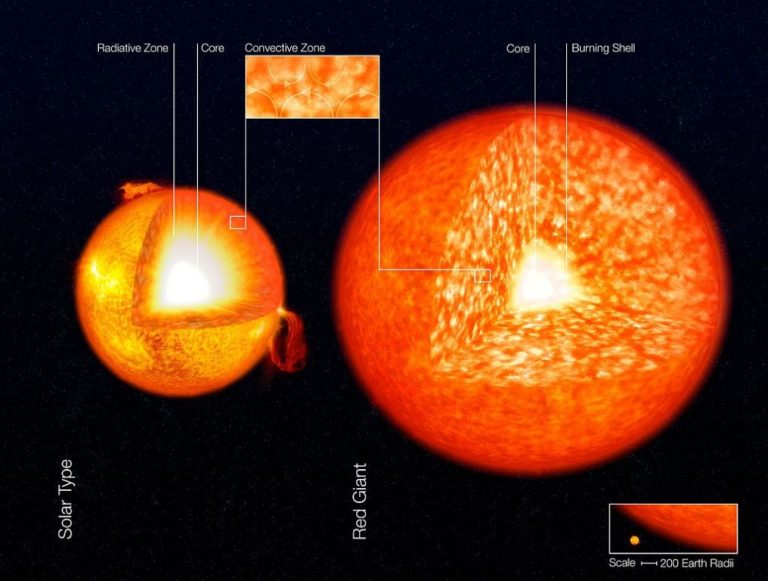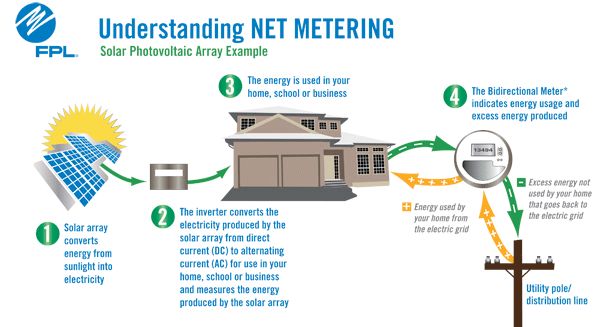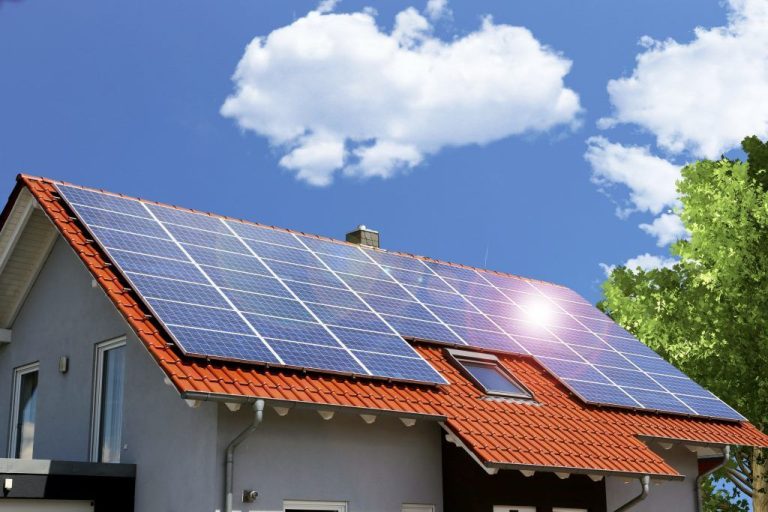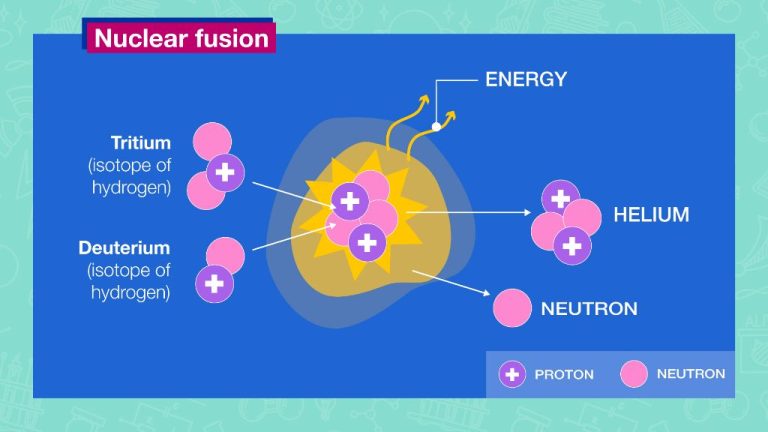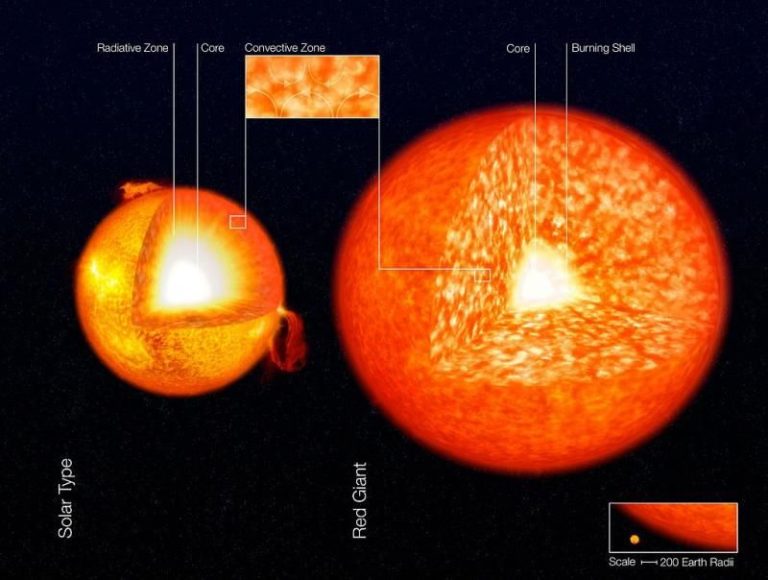What Happens If I Dont Use A Solar Charge Controller?
A solar charge controller is an essential component in most solar power systems. It regulates the voltage and current coming from the solar panels going to the batteries. The main purpose of a charge controller is to prevent the batteries from overcharging.
Solar panels produce variable amounts of power throughout the day as sunlight intensity changes. Without a controller, the batteries could easily become overcharged. Too much voltage going into the batteries can damage them and shorten their lifespan. The controller monitors the battery voltage and opens the circuit when they’re fully charged.
Overcharging Batteries
Using a solar charge controller is crucial to prevent overcharging your batteries. Without a controller to regulate and limit the amount of current flowing into the batteries, they can easily become overcharged by the solar panels.
When batteries are overcharged, the excess current starts to break down the chemical composition inside the batteries through a process called electrolysis. This process causes the battery plates to corrode and the electrolyte fluid to bubble, vent, or leak out of the battery. Over time, this greatly shortens the battery’s lifespan and reduces its ability to hold a proper charge.
A good solar charge controller monitors your batteries’ voltage and prevents overcharging by limiting current flow when the batteries become fully charged. Without a controller, your solar panels will continue pouring current into the batteries even after they’re topped off, which is a surefire way to damage them over time.
Battery Damage
Overcharging batteries can cause severe damage in several ways. For lead-acid batteries, sustained overcharging leads to corrosion of the positive grid, drying out of the electrolyte, and breakdown of internal structures. Over time, this irreversibly reduces battery capacity and lifespan. Overcharging also generates excess gas, leading to venting of flammable hydrogen gas and loss of water/electrolyte.
For lithium-ion batteries, overcharging increases cell temperature and pressure, leading to swelling and eventual failure of the protective seal. It also catalyzes exothermic chemical reactions that can trigger thermal runaway, resulting in fire or explosion. At the very least, it degrades the cathode material, resulting in permanent loss of capacity.
Whether lead-acid or lithium-ion, excessive voltage ruins batteries. Without regulation, repeated overcharging will quickly degrade batteries beyond usefulness. Battery capacity, lifetime, safety, and overall system performance suffer greatly without proper charge control.
Fire Risk
Overcharging batteries without a solar charge controller significantly increases the risk of fires and explosions. When batteries are overcharged, hydrogen and oxygen gases build up inside from the electrolysis of water. These flammable gases are highly explosive and can be easily ignited by sparks or heat. Just a small spark during overcharging can trigger a massive battery explosion and fire.
Flooded lead-acid batteries are especially susceptible to thermal runaway and hydrogen gas buildup when overcharged. The heat causes the chemical reactions inside the battery to accelerate rapidly, generating even more heat in a dangerous feedback loop. Eventually the exponential temperature rise causes the battery to catch fire and explode.
Lithium batteries can also overheat, swell, vent hot gases, and catch fire when overcharged. Excess current heats up the internal cell components leading to thermal runaway. The resulting fire will quickly engulf the entire battery storage system. This risk is greatly amplified without a proper charge controller to regulate the voltage and current.
Allowing batteries to overcharge unchecked is extremely unsafe. Charge controllers play a critical safety role by preventing dangerous battery conditions. By regulating the charge rate and voltage, quality solar controllers greatly reduce the risks of overheating, fire, and explosion.
Inverter Issues
Inverters play a crucial role in solar systems by converting DC power from the solar panels and batteries into usable AC power for most electronics and appliances. However, inverters are designed to operate within a specific input voltage range. Exceeding the maximum voltage can permanently damage internal components of the inverter.
Without a charge controller regulating the voltage, the batteries can become dangerously overcharged on sunny days. This excess voltage gets passed directly to the inverter, which can lead to immediate failure or cumulative damage over time. Typical voltage-related failures include fried circuit boards, melted wires, and shorted transistors or capacitors.
Many inverters will shut down when input voltage exceeds a set threshold. However, this protective mechanism only works if the overvoltage condition is temporary. Prolonged exposure to high voltages will take a toll on the inverter even if it’s in shut down mode.
Replacing a damaged inverter is expensive. Adding a charge controller is a simple and cost-effective way to prevent voltage spikes from frying this important component. Protecting the inverter ensures the overall solar system can operate safely and efficiently.
System Efficiency
Not using a solar charge controller reduces the overall efficiency and lifespan of your solar power system. Charge controllers play a key role in system performance by regulating voltage and current flow between the solar panels, battery bank, and loads. Without a controller, your system loses out on the following benefits:
- Preventing overcharging and over-discharging of batteries. This extends battery life significantly.
- Optimizing the solar array’s output. The controller ensures the panels operate at their peak power point for maximum efficiency.
- Preventing reverse current flow at night. A controller blocks current from flowing back to the panels after dark.
Over time, the lack of a controller leads to degraded batteries and lower solar panel output. Your system ends up operating at a fraction of its potential. Investing in a quality charge controller provides energy savings and performance that usually offsets the purchase cost very quickly.
Nighttime Leakage
Solar panels can actually drain power from batteries at night in a phenomenon called “reverse current leakage.” This occurs because solar panels act like diodes, allowing current to flow in one direction when the sun shines during the day. But at night, a small amount of current can flow backwards from the battery through the panels into the darkness.
This reverse current typically averages around 1-3% of a solar panel’s rated output. So on a 100W solar panel, 1-3W could leak out overnight. This may not seem like much, but it can add up over hours of darkness, especially with multiple panels in an off-grid system.
A charge controller prevents this reverse current flow at night. Without a controller, this slow battery drain continues all night long. Over weeks and months, it can prematurely age batteries by keeping them chronically undercharged.
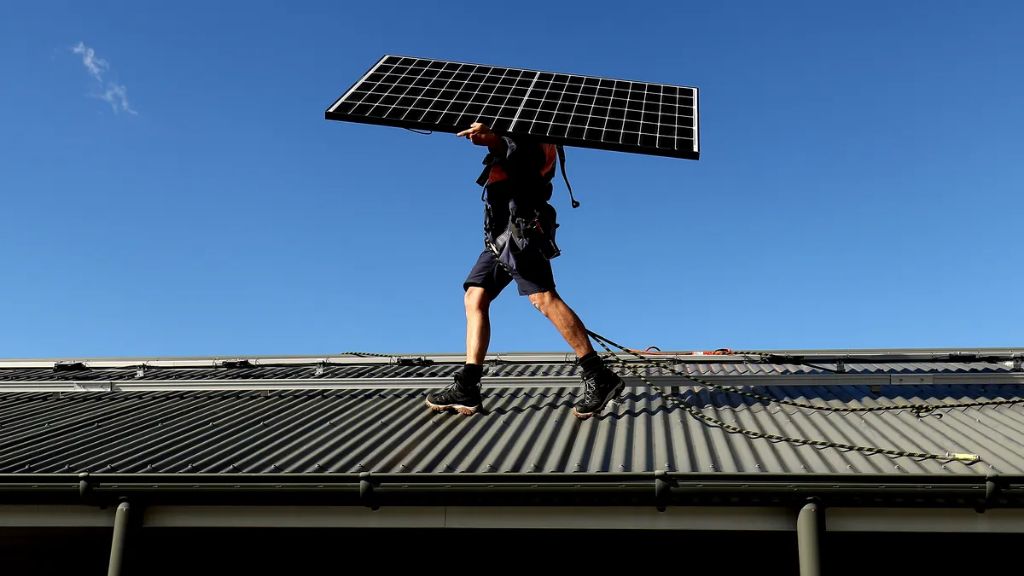
Manual Regulation
Manually regulating a solar power system without a charge controller can be challenging. There are several key factors to manage:
- Monitoring battery voltage – You’ll need to frequently measure your battery bank voltage with a voltmeter and watch for overcharging. This requires diligent monitoring.
- Disconnecting the solar array – When the batteries become fully charged, you must manually disconnect the solar panels to prevent overcharging. This could require climbing on roofs or maneuvering unwieldy cables.
- Reconnecting the solar array – Don’t forget to reconnect the solar panels when the battery voltage drops! This on-off regulation is tedious.
- Weather fluctuations – Clouds or storms can suddenly reduce solar input. And sunny days may produce more power than anticipated. Fluctuations make manual regulation even more challenging.
- Load fluctuations – Usage of DC appliances can vary day to day, impacting charge levels. These unpredictable loads make it hard to regulate charging.
In summary, manual regulation of solar systems is an imprecise and labor-intensive process. The use of an automatic solar charge controller greatly simplifies system operation and regulation.
When a Controller Isn’t Needed
While solar charge controllers are highly recommended for most solar systems, there are some exceptions where a charge controller may not be absolutely necessary.
Very small solar systems with only one or two small solar panels and a small battery bank often do not require a controller. For example, a 10-20 watt solar panel charging a small 12 volt battery can often directly charge the battery without risk of overcharging. The key is ensuring the solar panel’s maximum power output is low enough that it will not exceed the charging voltage requirements of the battery.
Likewise, some small prebuilt solar generators and power stations may not include a controller by design, relying on the limited solar input to prevent overcharging. However, it’s still advisable to check the specifications to ensure the internal battery will not be at risk of damage.
In general, whenever more than one or two small solar panels are wired together, or larger capacity batteries are being charged, a controller is highly recommended. The risks of overcharging and battery damage quickly become more significant without a controller to regulate the charging process.
Conclusion
In most cases, using a solar charge controller is crucial to properly regulating and protecting a solar power system. Without a controller, batteries can easily become overcharged, resulting in premature failure or even dangerous situations like explosions and fires. Undercharged batteries will also fail to reach their full potential lifespan. While exceptions exist for very small or intermittent systems, the minimal investment of adding a charge controller pays off exponentially in system performance, safety, and longevity for the majority of PV installations. Investing in the proper controller for your system’s size and battery type provides essential protections that most solar panels, batteries, inverters and appliances rely on for optimal, safe and reliable operation.

